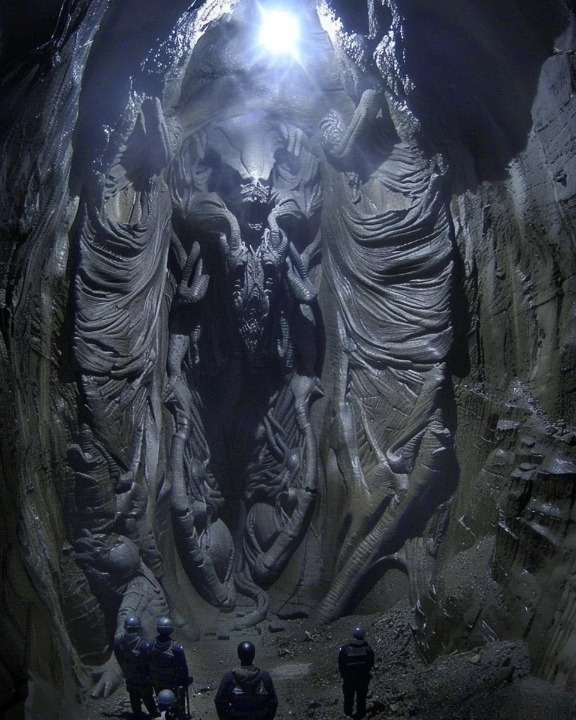The Sahara Desert, with its vast stretches of sand and extreme temperatures, is often perceived as an inhospitable and lifeless region. However, recent discoveries have unveiled incredible facts about what lies beneath its sands, challenging our perceptions and revealing a rich tapestry of history and hidden treasures.

1. Ancient Rivers and Lakes
Beneath the Sahara’s arid surface, scientists have discovered ancient riverbeds and lake basins, indicating that the desert was once a lush, green landscape. These waterways, which flowed thousands of years ago, supported vibrant ecosystems and early human settlements. Satellite imagery and ground-penetrating radar have mapped these prehistoric rivers, providing evidence of a time when the Sahara was a fertile region teeming with life.
2. Lost Civilizations
Archaeologists have unearthed remnants of lost civilizations buried under the Sahara’s sands. One of the most astonishing finds is the remnants of a sophisticated ancient city, complete with complex structures, irrigation systems, and evidence of urban planning. Artifacts such as pottery, tools, and inscriptions suggest that these civilizations had advanced knowledge and extensive trade networks.

3. Fossils of Ancient Life
The Sahara is also a treasure trove of fossils, offering a glimpse into the distant past when the region was home to diverse flora and fauna. Paleontologists have discovered fossils of ancient animals, including dinosaurs and early mammals, buried beneath the sands. These findings provide valuable insights into the evolutionary history of life on Earth.
4. Subterranean Aquifers
Hidden beneath the Sahara are vast reserves of fresh water stored in subterranean aquifers. These underground lakes, formed over millennia, are a crucial resource for the desert’s sparse population. The Nubian Sandstone Aquifer System, one of the largest in the world, holds significant amounts of groundwater, sustaining life in the arid region and offering potential solutions for water scarcity.
5. Ancient Rock Art
The desert is dotted with ancient rock art, carved and painted by early inhabitants. These artworks, some dating back over 10,000 years, depict scenes of daily life, wildlife, and spiritual rituals, providing a window into the culture and beliefs of prehistoric peoples. The art found in places like the Tassili n’Ajjer and the Tadrart Acacus is recognized as UNESCO World Heritage Sites, highlighting their historical and cultural significance.
6. The Rich Cultural Heritage
The Sahara has been a crossroads of cultures for millennia. The desert was part of major trade routes, including the famous Trans-Saharan trade routes that connected West Africa with the Mediterranean and the Middle East. These routes facilitated the exchange of goods, ideas, and cultures, influencing the development of societies across Africa.

7. Meteorite Impact Craters
Scientists have identified several meteorite impact craters in the Sahara, evidence of cosmic events that have shaped the Earth’s surface. These craters provide valuable information about the history of our planet and the forces that have influenced its geological development.
8. The Libyan Desert Glass
One of the Sahara’s most enigmatic treasures is the Libyan Desert Glass, a natural glass formed by the intense heat of a meteorite impact around 29 million years ago. This yellow-green glass, found scattered in the Libyan Desert, has been used by ancient Egyptians, including in jewelry found in King Tutankhamun’s tomb.
The Sahara Desert, far from being an empty wasteland, is a repository of natural and cultural history, waiting to be explored. Each discovery under its sands adds a new chapter to the story of our planet and its inhabitants, revealing a landscape that has undergone dramatic transformations and supported diverse forms of life over millions of years.





